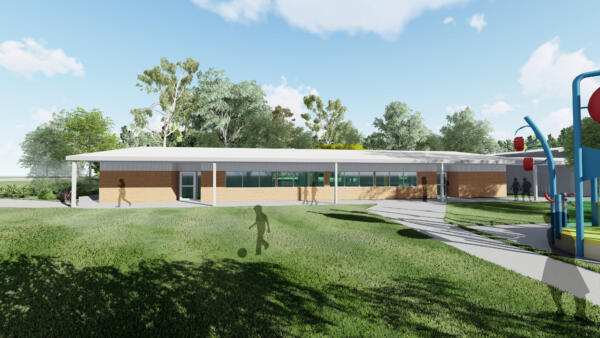Deciding where to send your children to school is one of the most important decisions parents make. As buyer’s agents who service the NSW Central Coast, we are often asked for advice on the best schools in our region and the truth is, there’s a plethora of pubic, independent and private educational institutions, each with their own unique offerings and atmosphere. As you navigate this decision-making process, it’s crucial to consider several key factors to ensure the best fit for your child’s needs and your family’s values. Here are some essential considerations:

Image credit: NSW Department of Education
1. Academic Reputation: Start by researching the academic reputation of potential schools. Head to your potential schools’ websites and have a read of their Strategic Improvement Plan (SIP). It is a requirement that all NSW government schools develop and publish a SIP. A SIP is a working document that details the steps each school will take to improve learning outcomes, and the achievement and growth of all students. The SIP can often provide valuable insights into what may be currently happening at a school and its future directions. Look at each schools’ NAPLAN results, HSC scores, and any other available metrics. While academic achievement isn’t the only indicator of a good education, it’s an important aspect to consider.
2. Teaching Approach: Different schools may follow varying teaching philosophies and approaches. Some may prioritise traditional teaching methods, while others may focus on experiential or inquiry-based learning. Consider which approach aligns best with your child’s learning style and preferences.
3. Extracurricular Activities: Education extends beyond the classroom. Explore the extracurricular activities offered by each school, such as sports teams, music programs, art clubs, and community service opportunities. These activities can enrich your child’s educational experience and help them develop important skills and interests outside of academics.
4. Facilities and Resources: Take a tour of the school facilities to assess the quality of classrooms, libraries, science labs, sports facilities, and technology resources. A well-equipped and maintained school can contribute to a positive learning environment.
5. Location and Commute: Consider the proximity of the school to your home or workplace and the convenience of the commute. A long commute can be tiring for both you and your child, so weigh this factor carefully, especially if you have multiple children attending different schools or extracurricular activities. NSW public primary schools have a catchment zone or local enrolment area. If you live inside a school’s enrolment area, your child is guaranteed a place at that school. The NSW Department of Education’s online School Finder helps you find schools in your local catchment zone.
6. Class Sizes and Teacher-Student Ratio: Smaller class sizes and lower teacher-student ratios often allow for more individualised attention and support for students. Consider how much personal attention your child may need and whether the school can provide it effectively.
7. School Culture and Values: Every school has its own unique culture and values. Pay attention to the atmosphere during your visits, talk to current students and parents if possible, and consider whether the school’s values align with your own family’s values and priorities.
8. Special Needs Support: If your child has special needs or learning differences, investigate the level of support and accommodations available at each school. This may include access to special education programs, learning support services, and specialist staff.
9. Parental Involvement and Communication: Strong communication between the school and parents is essential for a successful educational experience. Consider how the school involves parents in decision-making processes, communicates academic progress, and handles concerns or feedback.
10. Cost and Financial Aid: Finally, consider the financial aspect of schooling, including tuition fees, uniform costs, excursion fees, and any other expenses. Investigate whether the school offers financial aid or scholarships for families who may need assistance.
Ultimately, the right school for your child is one that meets their academic, social, and emotional needs while also aligning with your family’s values and practical considerations. Take the time to research and visit multiple schools, ask questions, and involve your child in the decision-making process whenever possible. By carefully considering these factors, you can make an informed choice that sets your child up for success on the NSW Central Coast and beyond.
If you have any specific questions regarding particular schools on the NSW Central Coast, reach out to the team for a chat. A member of our team is a primary school teacher here on the Central Coast and is always happy to share her knowledge of local schools.
We also understand the daycare shortage on the Central Coast has become a pressing issue for many families. Check out our blog on navigating the daycare shortage and possible solutions and alternatives here.
